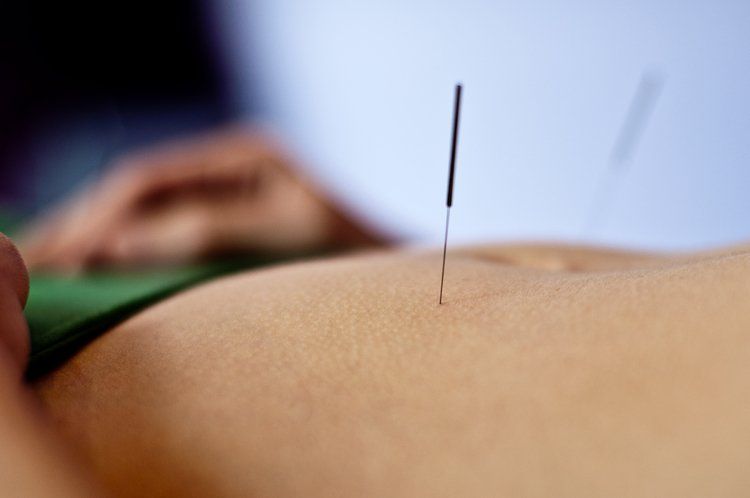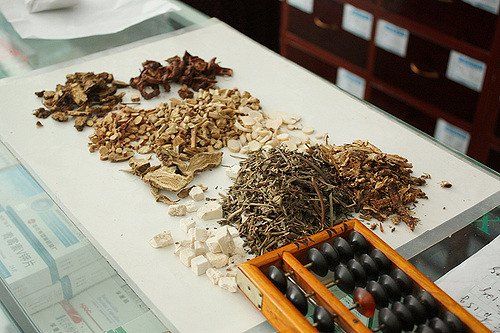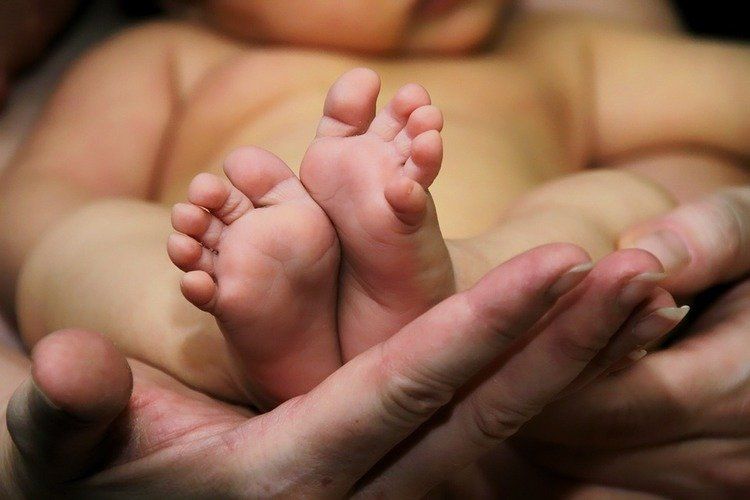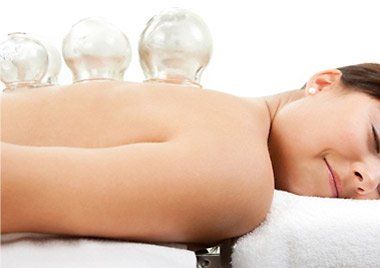CHINESE MEDICINE
WHAT IS CHINESE MEDICINE?
Chinese medicine is a broad range of medicine practices sharing common concepts which have been developed in China and are based on a tradition of more than 2,000 years, including various forms of herbal medicine, acupuncture, cupping and gua sha, and pediatric Chinese medicine.

ACUPUNCTURE
The use of acupuncture as a healing technique is believed to have originated around 3,000 – 10,000 years ago in ancient China. The earliest records of acupuncture included artifacts of stone “needles” and drawings of acupuncture points and meridians.
There are currently as many as 2,000 acupuncture points identifiable on the human body. These acupoints are organized within the body in pathways called meridians. From an Oriental Medicine perspective, the smooth flow of energy, life force or qi along these meridians is what keeps us vital and healthy. Acupuncture needles are inserted into acupoints in order to unblock stagnant qi in the meridian and to otherwise restore balance and a free flow of qi throughout the body.
Today, acupuncture needles come in different sizes, but are usually no thicker than a human hair, and are solid filliform instead of hollow like a hypodermic needle. This construction, as well as a skilled practitioner’s touch, allows for a profoundly relaxing healing experience.
Group Acupuncture:
Group Acupuncture is a low cost follow-up treatment option. It takes place in a large room where one or two other people are also receiving treatment. Clients are scheduled every twenty minutes which allows time for them to check in with their practitioner and for the practitioner to administer treatment. Once the treatment is established the client can relax and enjoy while the practitioner moves on to the next client.
Even though the room is shared the experience is quite personal. There are screens and white noise machines to enhance the sense of privacy, as well as separate areas available for those who need to share information they would prefer to keep absolutely confidential. Most clients who experience Group Acupuncture prefer it over one on one treatment sessions, and for different reasons. For some it is the affordable cost, for others it is the availability of treatment times, and for others still it is the sense of community and connection that comes from the shared space of sacred time.

CHINESE HERBAL MEDICINE
Herbal medicine is an integral component of many traditions of Oriental Medicine. It is also one of the oldest and most popular forms of healthcare. Chinese herbal medicine utilizes natural substances from plants, animals, and minerals for medicinal purposes.
In Chinese Medicine, herbs are provided to a patient in a formula – a mixture of several herbs that provide a well-balanced treatment for the patient. These formulas can be in dried raw form or extracted into tinctures, granules or pills.
At Namaste, we work with the highest quality herbal extracts that are vigorously tested for purity and safety.

PEDIATRIC CHINESE MEDICINE & SHONISHIN
Pediatric Medicine:
Pediatrics is one of the oldest specialties within Chinese medicine and dates from the early first millennium. Since that time, there has been continuous development in the diagnosis and treatment of children’s diseases.
According to Chinese medicine, children are not just considered miniature adults. They are believed to be immature both physically and functionally, and most common pediatric complaints are due to this immaturity. Chinese medicine states that because children’s bodies are immature and therefore inherently weak, they are primarily susceptible to diseases that affect the lungs such as colds, coughs, allergies and asthma; and the spleen (or digestive complaints) such as colic, vomiting, diarrhea, indigestion, and stomach aches.
Pediatric Chinese medicine techniques, as well as those further developed in Japan, have been shown to offer substantial clinical benefits to children who have been unresponsive to other forms of treatment. The treatment of these diseases using these techniques have less side effects and unlike modern medicine, are curative not palliative, as they aim to eliminate the pathology of the disease instead of controlling or suppressing the symptoms.
There are four primary methods of treating children: Dietary Therapy, Herbal Medicine, Pediatric Massage and Acupuncture. At Namaste, acupuncture includes non-needling techniques like the Japanese technique of Shonishin.
In Pediatric Chinese Medicine, healing focuses on balancing the qi of the internal organs by taking into account both physical and emotional symptoms. Children are generally more susceptible to getting sick, but they are also quicker to heal. For most common pediatric complaints, complete healing can be attained through herbal medicine, dietary changes, and the use of simple massage techniques. The goal of all pediatric treatment is to restore balance and harmony to a child.
Shonishin:
Shonishin is a Japanese non-needling technique used primarily on babies and children applied to any disorder that acupuncture would be helpful for in adults. It is gentle and comfortable and children tend to enjoy and have fun with it. Beautiful handmade metal tools are used to gently stroke, tap or press on the child’s skin where various acupoints are located. The potential fear of needles can be avoided, and children generally respond favorably and quickly to this modality. For more information on Shonishin, you can check out this article: Shonishin Pediatric Acupuncture

CUPPING & GUA SHA
Cupping and Gua Sha are Chinese Medicine techniques used for musculoskeletal disorders, acute and chronic respiratory disorders, sleep disorders and emotional distress. Cupping utilizes suction cups and heat and Guasha is done with the smooth broad edge of various tools such as a Chinese soup spoon or specialty tools made from bone. They are both used to increase qi and blood flow to an area of the body, thereby stimulating the nervous, circulatory and lymphatic systems assisting in detoxification of the respiratory tract and cleansing and nourishing injured muscles and connective tissues. These techniques can also “reset” the central nervous system, generating a deep sense of calm and well-being, helping with such disorders as anxiety, hypertension, hot flashes and insomnia.
How Chinese Cupping Therapy works:
In this video video you can see the suction of the cup pulls the skin and tissues up and away from the body. Unlike accupressure or massage therapy, which compresses muscles and tissues, cupping therapy decompresses by gently pulling tissues outward. This creates space, boosts circulation, tones skin and tissues, and helps move lymph.
Namaste Health Center's natural medical clinic is based in Durango, CO. We practice holistic, naturopathic treatment techniques.
CONTACT INFO
Phone:
(970) 247-2043
Fax:
(970) 403-3052
Email: info@namastehealthcenter.com
Address: 1800 E 3rd Ave, Ste. 112
Durango, CO, USA
© All Rights Reserved | Namaste Health Center | Web Design: Kaitlyn Rose Dunn | Web Development: Wyllow Hildner


